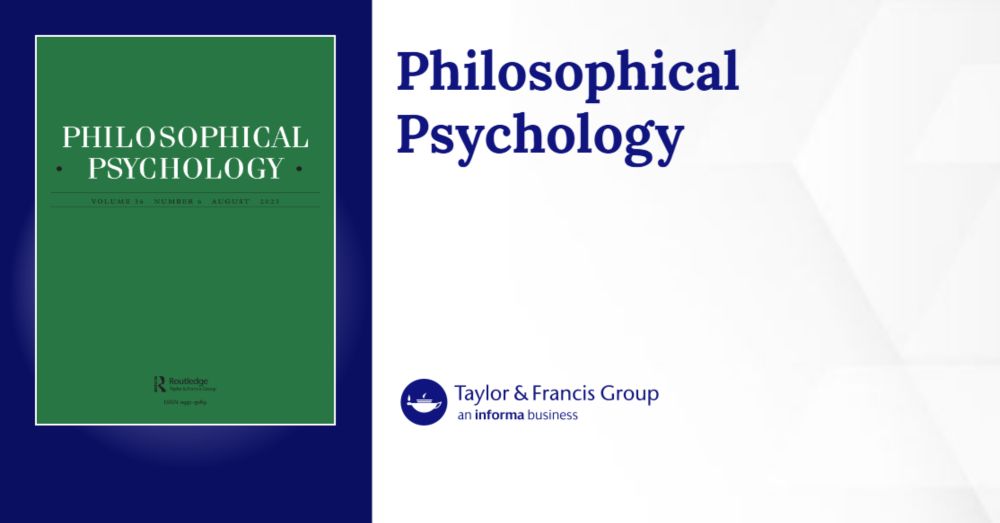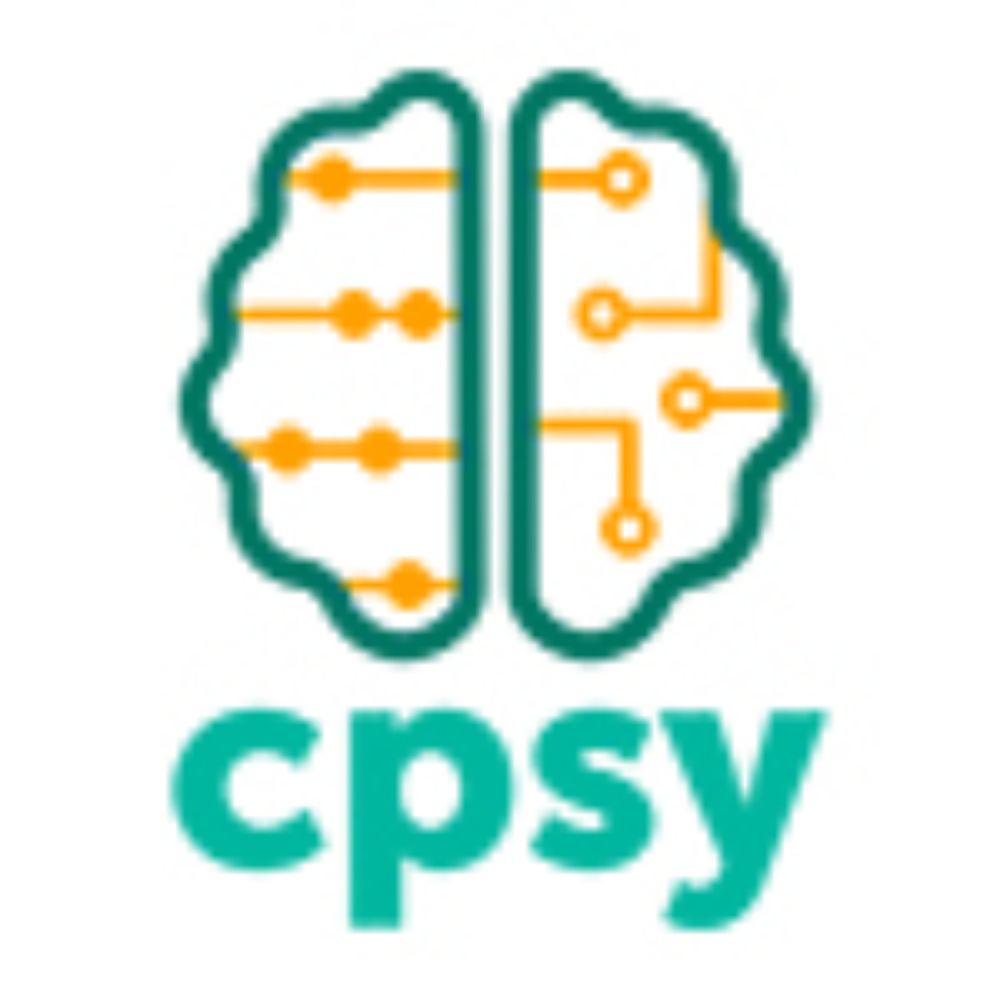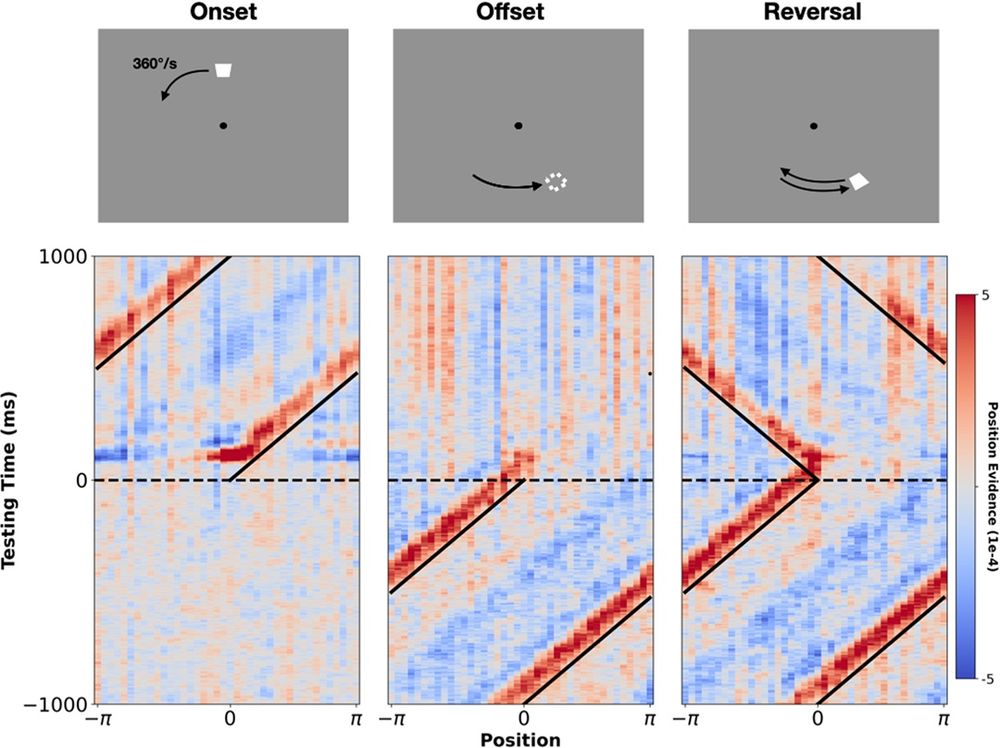Joe Melling
@joemelling.bsky.social
220 followers
420 following
15 posts
PhD candidate, studying cognitive science of (mis)perception/ philosophy of Active Inference @monash-m3cs.bsky.social (M3CS).
Posts
Media
Videos
Starter Packs
Pinned
Reposted by Joe Melling
Reposted by Joe Melling
Matthew O’Donohue
@matthewod.bsky.social
· Mar 19
Reposted by Joe Melling
Reposted by Joe Melling
Jakob Hohwy
@hohwy.bsky.social
· Feb 3

Solving the relevance problem with predictive processing
The frame or relevance problem is a classic problem in cognitive science and philosophy. We attempt to resolve this problem by appealing to predictive processing, a growing theory of cognition. As ...
www.tandfonline.com
Joe Melling
@joemelling.bsky.social
· Feb 3
Reposted by Joe Melling
Beth Fisher
@bethfisher.bsky.social
· Jan 31

An Active Inference Model of the Optimism Bias | Computational Psychiatry
Computational Psychiatry publishes original research articles and reviews that involve the application, analysis, or invention of theoretical, computational and statistical approaches to mental functi...
cpsyjournal.org
Joe Melling
@joemelling.bsky.social
· Feb 1
Joe Melling
@joemelling.bsky.social
· Feb 1
Joe Melling
@joemelling.bsky.social
· Jan 31
Joe Melling
@joemelling.bsky.social
· Jan 30
Joe Melling
@joemelling.bsky.social
· Nov 16
Joe Melling
@joemelling.bsky.social
· Nov 16
Joe Melling
@joemelling.bsky.social
· Nov 16
Joe Melling
@joemelling.bsky.social
· Nov 16
Joe Melling
@joemelling.bsky.social
· Nov 16

